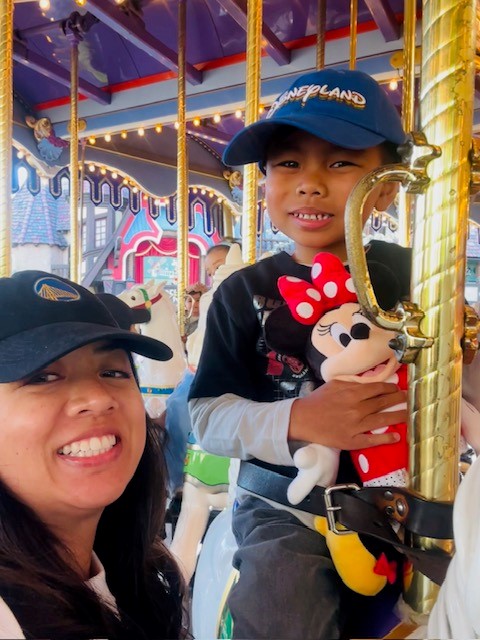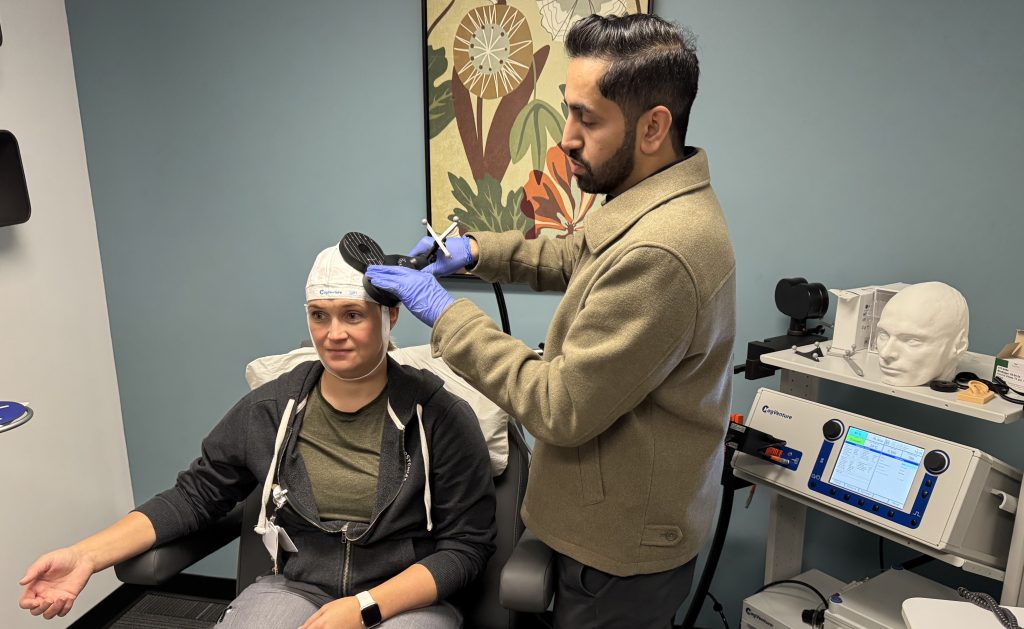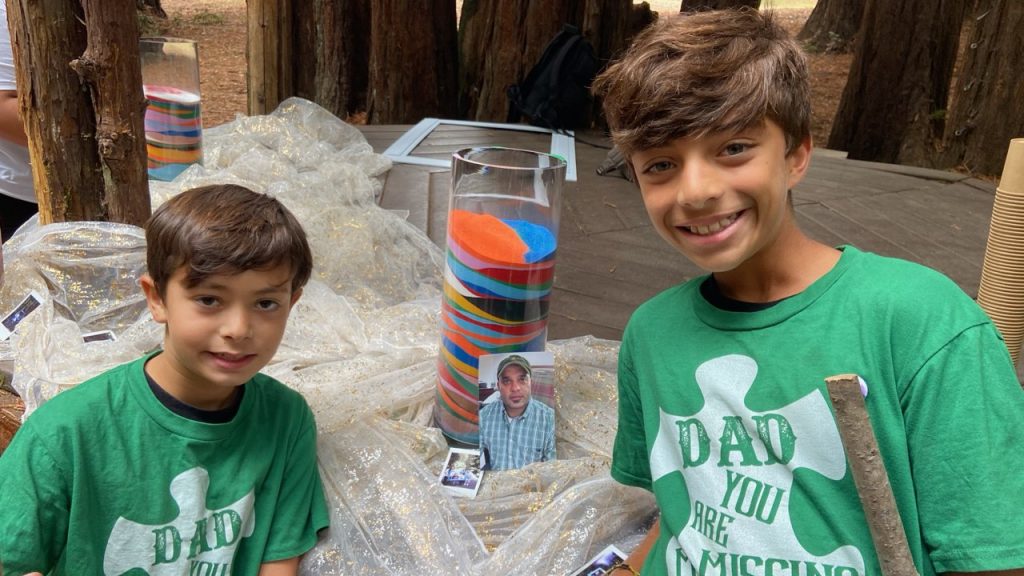Jona Bernabe and her son, Julian
Leave no stone unturned.
Jona Bernabe took that approach when she spoke with her son’s pediatrician at his 1-year-old checkup four years ago. She noticed that Julian wasn’t babbling as much as he should be. She was referred to start speech therapy by her pediatrician.
For the next year and a half, Julian received speech therapy and early intervention therapy. Though the doctor said it was still early for an autism diagnosis, he referred the family to a developmental physician for an evaluation.
“I asked myself, ‘Did we start the process too early?’” said Bernabe. “But if we waited until later and then he was diagnosed, I would have felt like I didn’t do enough or wasted my time waiting. I wanted to be able to do everything I could to help him and have no regrets.”
Bernabe didn’t know much about autism prior to her son’s diagnosis when he was 2 ½. She was guided by the speech therapist to check if there could be something else besides a speech delay.
“He wasn’t talking,” she said. “And then when he finally could say words, certain letters would be left out so other people had a hard time understanding what he was trying to say. He had a hard time socializing with other children because he was unable to communicate with them.”
Julian communicated using augmentative and alternative communication program – an iPad that helped him communicate by pushing buttons with pictures on them.
“Even that was hit or miss though,” said Bernabe. “It was a real hurdle to communicate with him.”
Julian transitioned to the school district special education system when he was three years old and once they found the right classroom environment, he thrived. He continued speech therapy in school and privately and with many hours of applied behavioral analysis (ABA) therapy his social and emotional skills strengthened.
By the time he was ready for kindergarten, the family decided he would continue in an inclusive kindergarten class.
“He does well socially – learning how to take turns and interact with others,” said Bernabe. “And we are learning coping mechanisms for him when something doesn’t go his way.”
Because most of Julian’s therapy took place during the pandemic, Bernabe was grateful that her position at work transitioned to remote so she could be at home for his sessions.
“I didn’t need to participate in his therapy, but the flexibility to be at home while he was doing therapy was a big help,” she said.
She’s joined several Facebook groups for Bay Area parents who have children with autism. She is looking forward to participating more with Sutter’s disAbility Employee Resource Group and learning from others who have family members with autism. Sutter’s Employee Resource Groups and its allies are focused on empowerment, access, inclusion and the opportunity to benefit our Sutter teammates, patients and communities. Sutter’s disAbility ERG recognizes Autism Acceptance Month by sharing stories of Sutter employees and their journeys. Stories like these help build awareness of the realities of the disabled community, celebrate differences and promote inclusion.
“It’s really cool that we have this resource group,” she said. “I am hoping that there are people who can help with their experiences, research and tips.”





